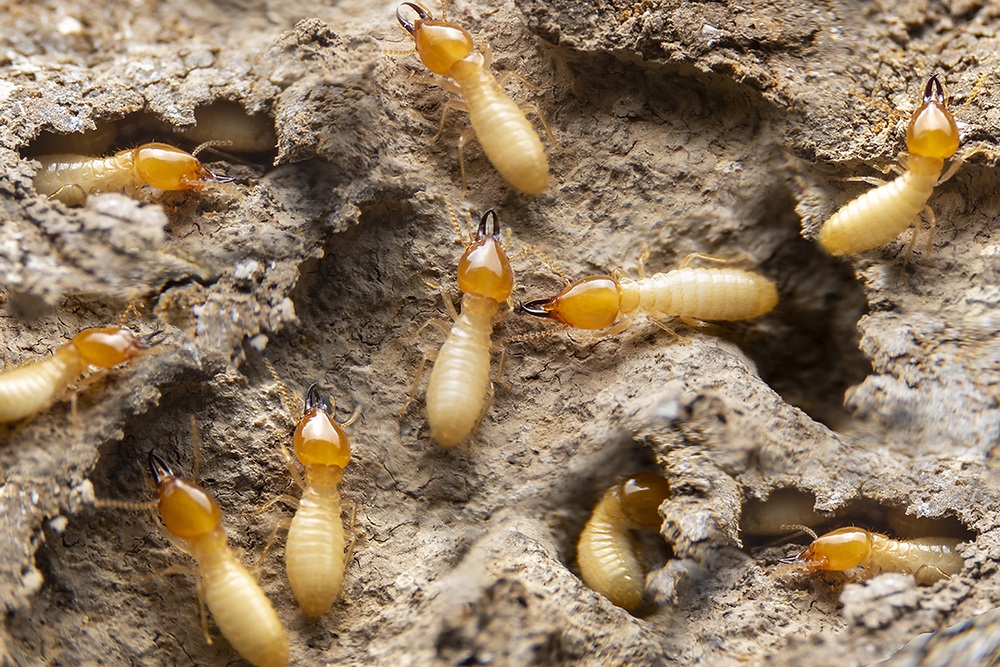Termites are a massive headache for homeowners worldwide. The primary source of nutrition for termites is wood. They gnaw at your home’s foundation and reproduce at an alarming rate. A few days is all it takes for them to multiply their numbers. A termite queen lays as many as several hundred to several thousand eggs a day. These eggs take approximately 30 days to hatch into larvae, so it takes the pest very little time to manifest itself as an infestation. These termites are hard to detect and, depending upon the size of the house and the number of colonies present, can take 3-5 years to cause noticeable damage.
However, the damage you do not notice is worthier your attention. Columns, pillars, beams, and ceilings infested with termites could cause catastrophic damage to your home. Much of modern homes are constructed of cement and metal. However, window frames, doors, and furniture are still built using wood. Certain houses even have foundations of wood beams securing the dwelling to the ground.
Termite Infestation: Where, When, And How?
One of the easiest ways to get a termite infestation is to have wood in direct contact with the ground. As termites thrive in wet, humid environments, the places near the equator are most susceptible to termites. For example, one such area is ridden with the pest termite Singapore. Due to its proximity to the equator, abundant rainfall, and humid weather all year round. Some tell-tale signs of a termite infestation are stuck doors and windows, damage under paint or wallpaper, termite swarmer or discarded wings, and mud tubes. Termites thrive in the damp, dark, and moist undergrounds without exposure to air. Roof tiles that are damaged can also be a source of moisture which can draw termites and allow them more access to your home.
They can be found on dead stumps of dead trees, in logs that have been rotten and in soil that is found within the natural environment. They can also be found within dry wood structures, where the termite nest is located in the soil. It is easy to get a termite infestation in urban cities and suburban neighborhoods. While they usually eat wood, they can also cause damage to books, insulation, and even swimming pool liners and filters. Termites cause billions of dollars of damage globally. At the same time, they are not directly harmful to human beings. Termites cannot harm human beings whose house they infest via direct transmission of disease through bites or another medium. The damage caused by termites to homes can be detrimental to your finances as well as the stress levels of your home and make structures unfit for occupancy.










